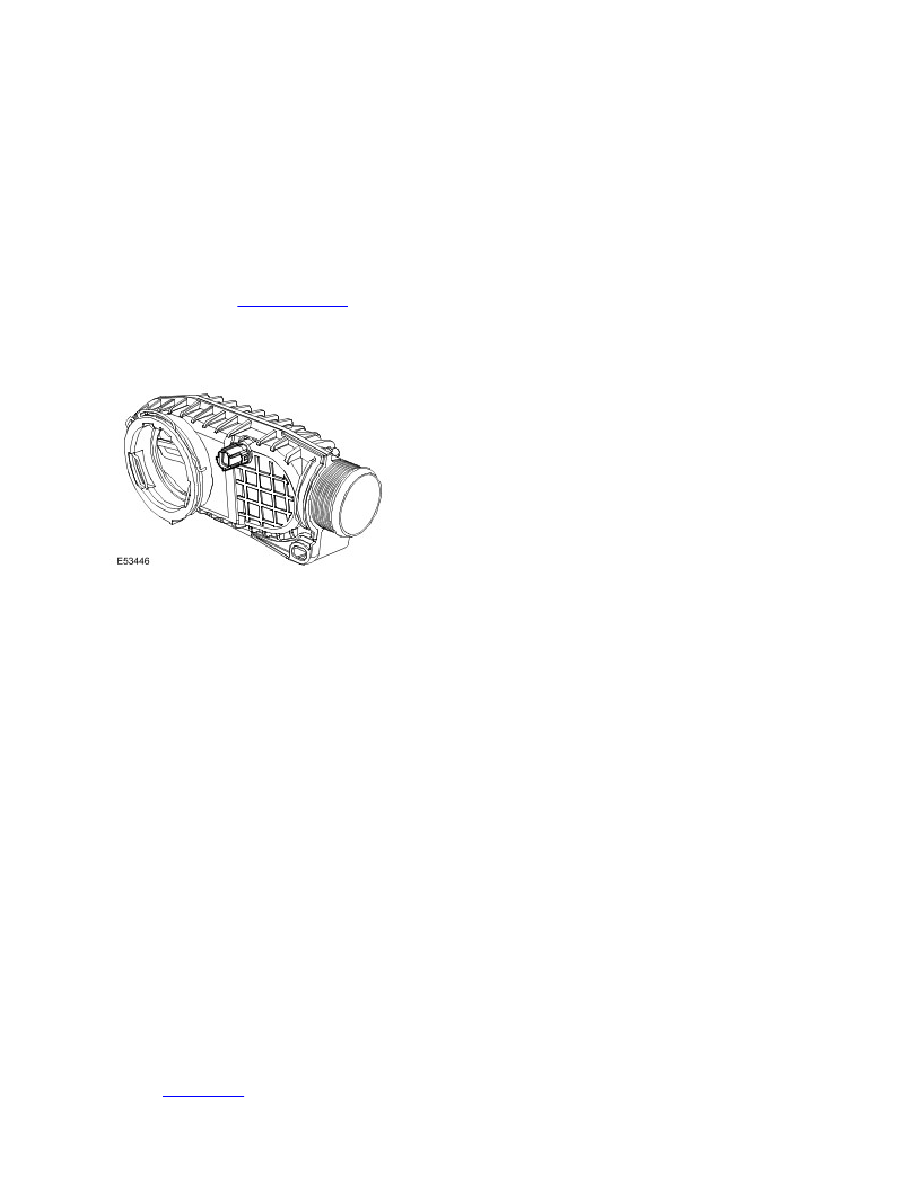LR3/Disco 3

Post heat is the length of time the glow plugs operate after the engine starts. The ECM controls the post heating time
based on ECT sensor output. The post heat phase reduces engine noise, improves idle quality and reduces hydrocarbon
emissions.
When the ignition is switched on to position II, the glow plug warning lamp illuminates and the instrument cluster displays
'PREHEATING' in the message centre. The glow-lamp is activated separately from the glow-plugs, so is not illuminated
during or after start. The plugs can still be ON when the lamp is off in these two phases.
In the event of glow plug failure, the engine may be difficult to start and excessive smoke emissions may be observed
after starting.
The glow plug warning lamp also serves a second function within the EDC system. If a major EDC system fault occurs,
the glow plug warning lamp will be illuminated permanently and a message generated in the instrument cluster. The driver
must seek attention to the engine management system at a Land Rover dealer as soon as possible. For additional
information, refer to
Glow Plug System
(303-07C Glow Plug System)
INTAKE AIR TEMPERATURE (BOOST AIR TEMPERATURE) SENSOR
The IAT (intake air temperature) is located in the rear of the intake chamber immediately preceding the electric throttle.
The sensor is used to measure the intake air temperature from the turbo in order to calculate the required amount of
fuelling.
BOOST PRESSURE CONTROL
The Boost Pressure (BP) sensor is located post turbo after the eclectic throttle valve. The sensor provides a voltage
signal to the ECM relative to the intake manifold pressure. The BP sensor has a three pin connector which is connected
to the ECM and provides a 5V reference supply from the ECM, a signal input to the ECM and a ground for the sensor.
The BP sensor uses diaphragm transducer to measure pressure. The ECM uses the BP sensor signal for the following
functions:
Maintain manifold boost pressure.
Reduce exhaust smoke emissions when driving at high altitude.
Control of the EGR system.
Control of the vacuum control module.
If the BP sensor fails, the ECM uses a default pressure of 1013 mbar (14 lbf/in²). In the event of a BP sensor failure, the
following symptoms may be observed:
Altitude compensation inoperative (black smoke emitted from the exhaust).
Active boost control inoperative.
Boost control is achieved by the use of a direct drive electric actuator. The actuator is attached to the side of the turbo unit
and is connected with the control mechanism via a linkage. The electric actuator works on the torque motor principal and
has integrated control module.
The electric actuator moves the control vanes through an 60 degree stroke and has the capability to learn its own
maximum stroke positions. The electric actuator is controlled via PWM signals from the ECM. For additional information,
refer to
Turbocharger
(303-04D Fuel Charging and Controls - Turbocharger - 2.7L Diesel)
